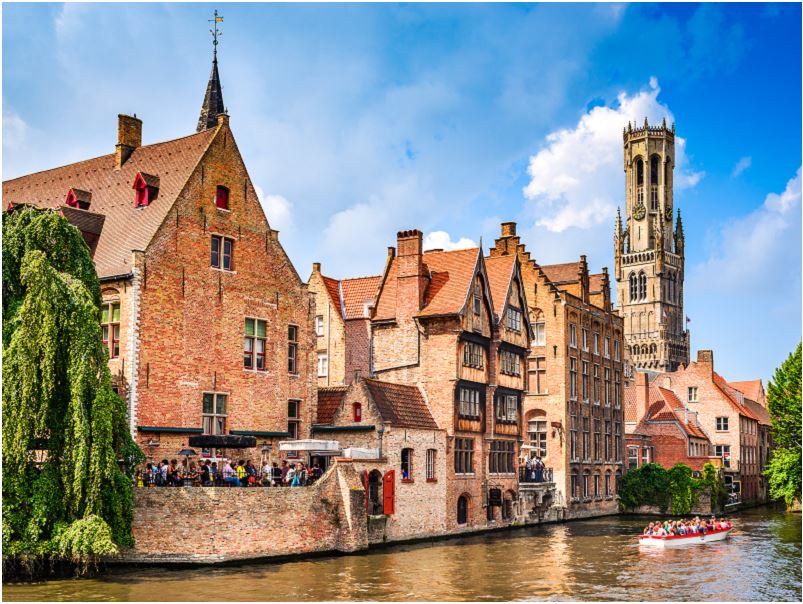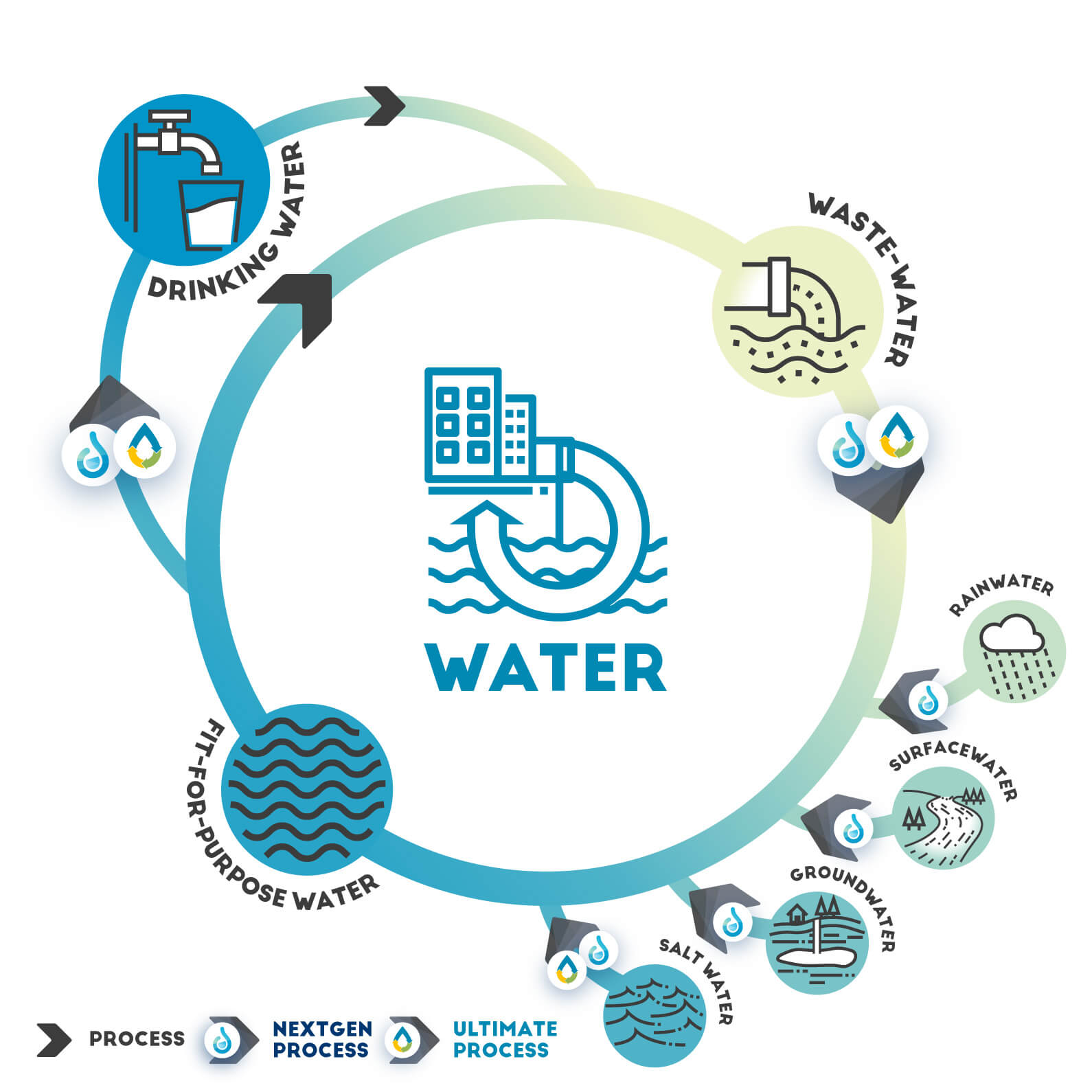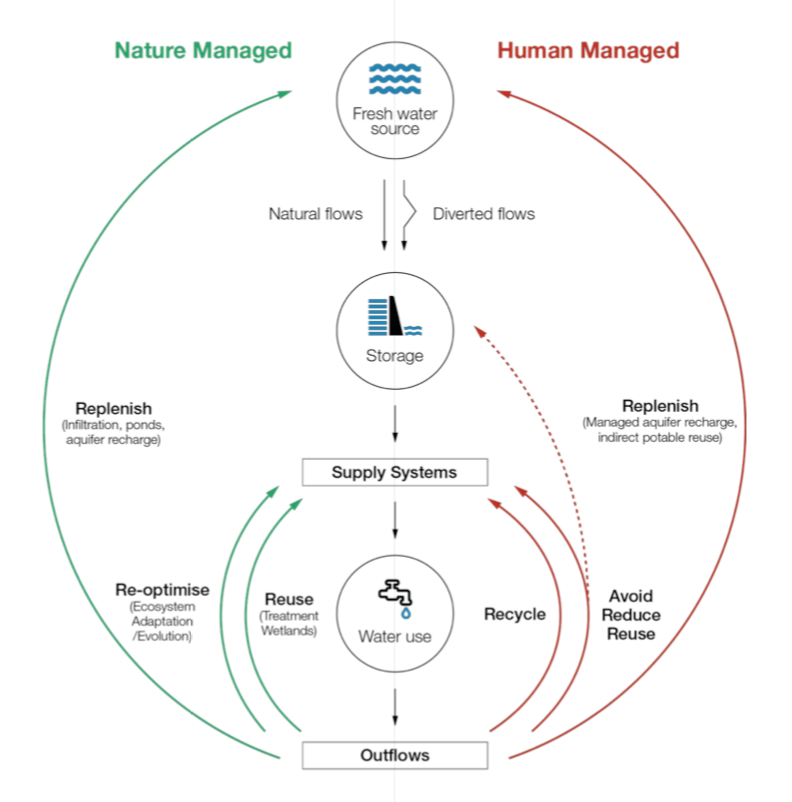Description
Living Lab Flanders' aim is the assessment of alternative water sources and increasing of freshwater availability for drinking water and agriculture.
The smart stormwater reuse management system (tool #21) is used to control the outflow from the basin and the water distribution for irrigation to optimize the functioning of the basin for flood prevention and availability of water for irrigation during dry periods.
There is a need to place these technological demonstrations in a broader context to assess how they can contribute to a more robust and smarter water system at a regional level. The regional analysis and UWOT (tool #22) were used to assess the demonstrations in their regional context with regard to their impact on water availability and resilience of the water system. Next to that, the potential to include alternative water sources while minimizing negative impact on local nature and environment in order to design a sustainable water supply for the future was analysed. The regional analysis was used to identify regional effects of changes in water supply and demand.
A critical success factor for water reuse is the assessment and control of microbial safety risks. The QMRA+ (tool #26) is developed to support the design and assess the required treatment needed for water reuse. QMRA+ is a valuable tool for quantitative microbial risk assessment that can be used to assess existing purification systems and to help determine the design requirements of purification systems for e.g., alternative water sources with regards to microbial safety requirements. Within BWS, QMRA+ is used to help design the effluent reuse demonstration system by back casting the required removal rate. The SuTRa tool builds on microbial risk assessment to specifically model (plant) pathogen removal during subsurface passage of managed aquifer recharge and infiltration schemes. This helps determine the minimum design parameters and residence time required for pathogen removal. The outputs from SuTRa may support the regional analysis or similar studies in related projects by providing input parameters on subsurface passage if these are included in the conceptual design.
LL Flanders combines case studies on smart alternative water solutions from different locations in Flanders. Extension of the drinking water production capacity and potential effluent reuse for drinking water is studied at the combined case studies of Woumen. Stormwater reuse for agriculture is studied in the city of Mechelen. The findings of the UWOT and regional analysis modelling can be used to put these local case studies in the regional context of Flanders.
Applied technologies
Synergistic benefits
- Use of UWOT for the ex-ante assessment or upscaling impact of real circular water pilots.
- The QMRA+ tool allowed users to balance health risk versus other impacts such as costs, environmental impact and resilience.
Requirements and conditions
- UWOT: Data input from specific partners (water utilities, technology providers, pilot project managers).
- QMRA+: Since very little location specific data (e.g., pathogens in effluent and in the current water source) were available, the uncertainty about the risk is relatively large. Still, the comparison between different scenarios was feasible and helped support decisions on system design.
Key lessons
QMRA is a new and complex topic for most water professionals and other stakeholders. The QMRA+ tool proved to be very accessible, and users quickly learned the principles of QMRA through the tool and were at the same time able to apply this through the tool in the project. It also provided a common ground for discussions, thus avoiding discussions about the safety of various scenarios. UWOT can be used to model the expected effectiveness of measures with regards to water quantity under different scenarios. However, results can be limited by data availability, and results should be validated together with stakeholders.
Legislation and policy recommendations
EU Legislation for water reuse (both for potable and non-potable reuse).
Drinking Water Directive, Flemish drinking water law.
Applied products
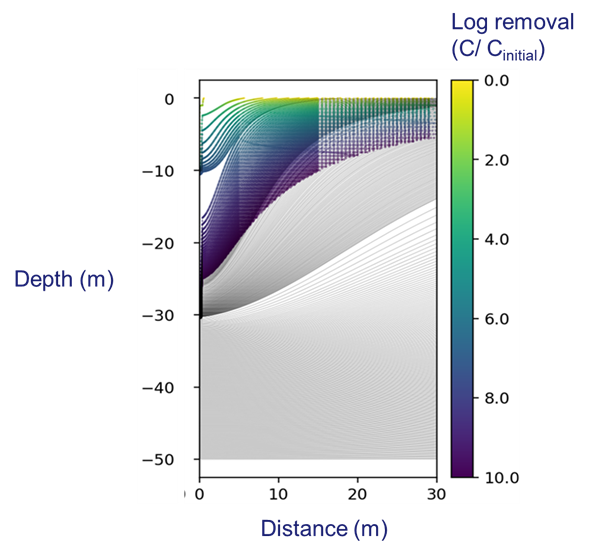
Subsurface Transport and Removal
Managed Aquifer Recharge (MAR) offers numerous benefits including storage of water. The source water for MAR schemes i…
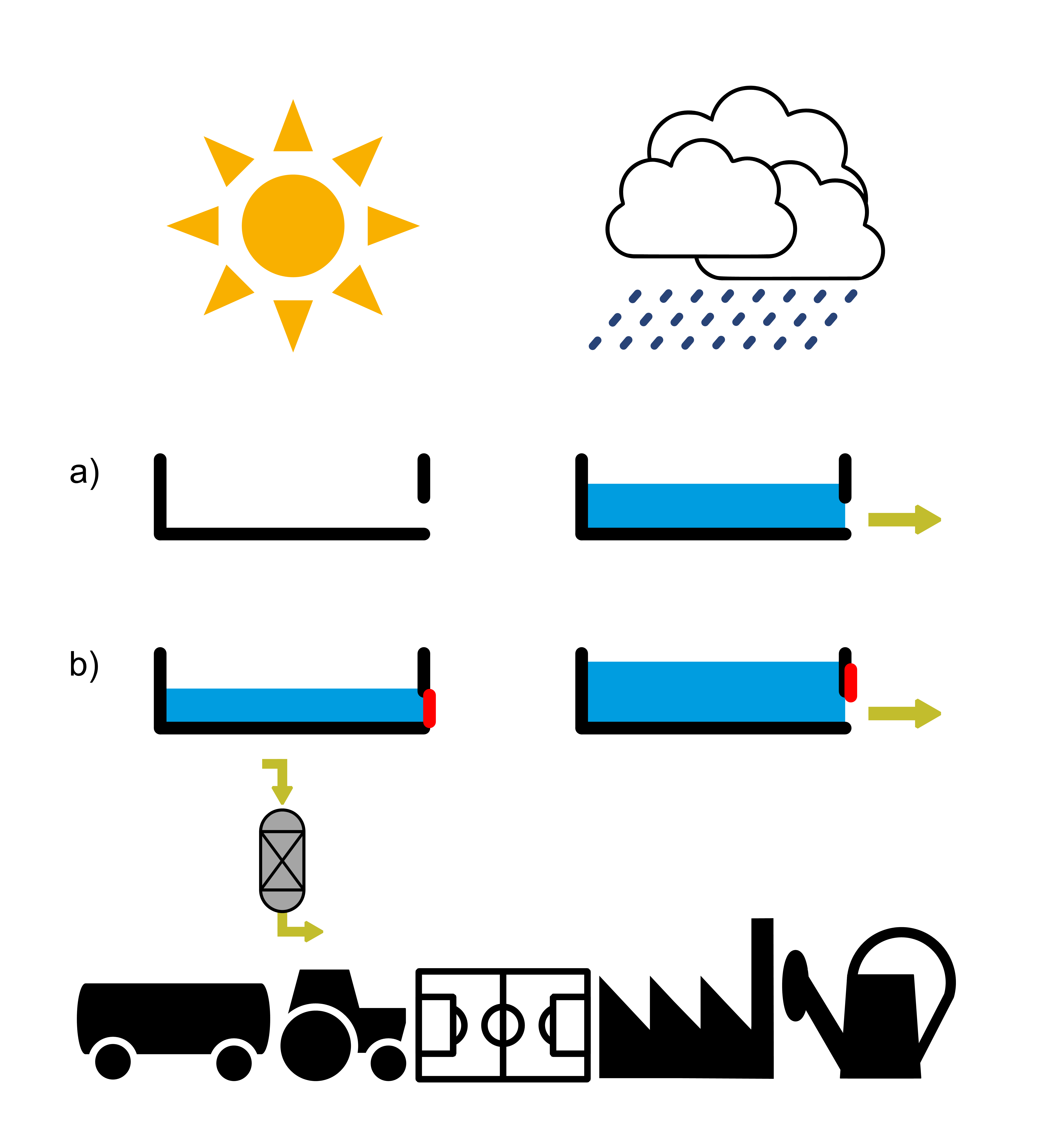
Stormwater reuse system for agriculture
Technology demonstration of urban stormwater reuse for agriculture, introducing alternative water resources for irrigat…
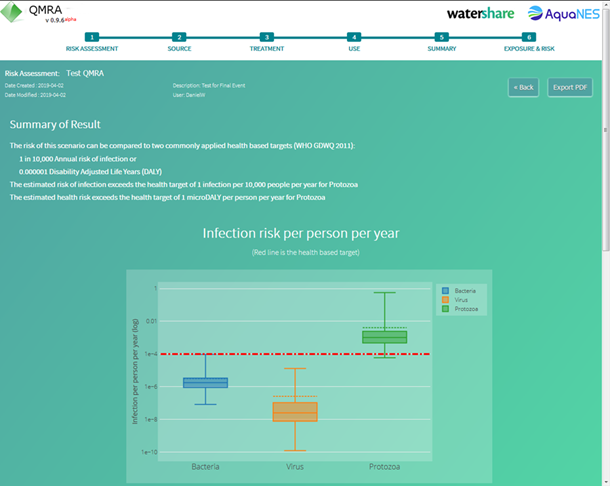
Quantitative Microbial Risk Assessment
Quantitative Microbial Risk Assessment (QMRA) is a methodology that can be applied to assess risks of water (re)use and…
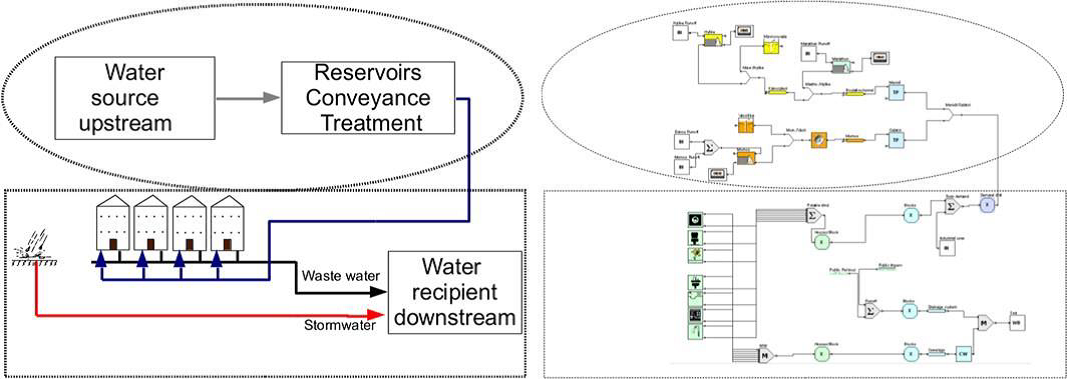
Urban Water Optioneering Tool
UWOT is a decision-support tool that allows users to compare different water management technologies (including water s…

